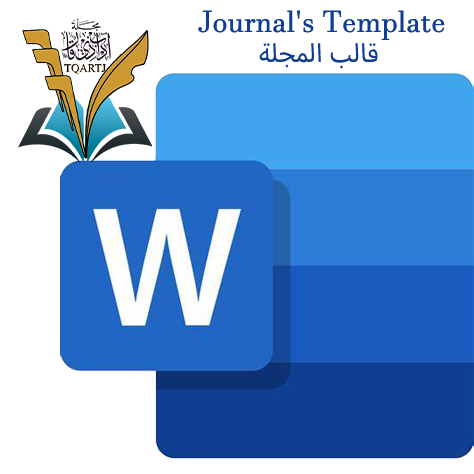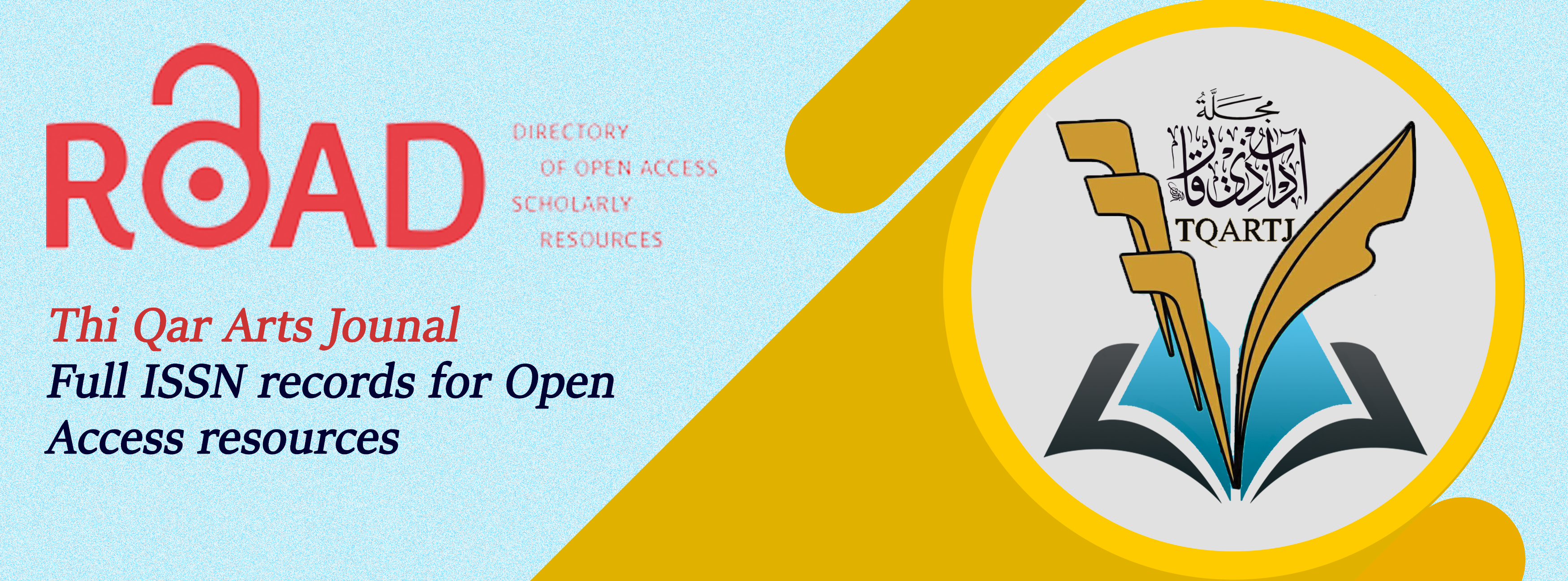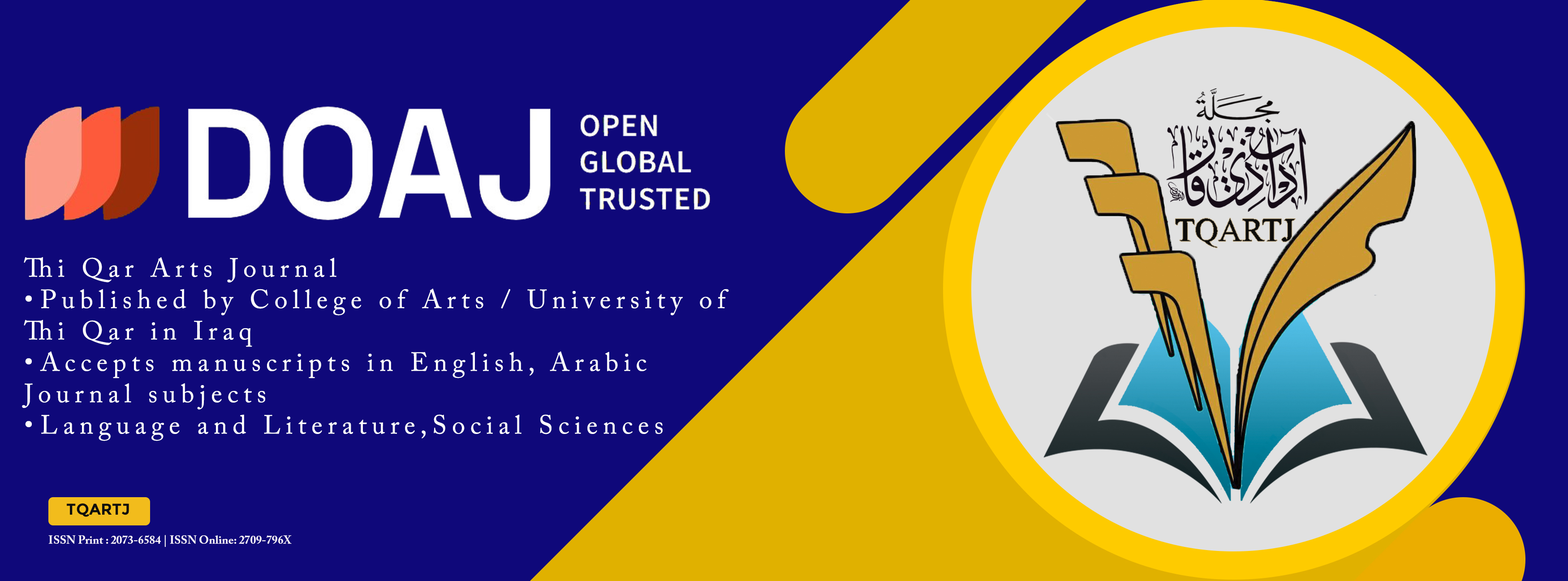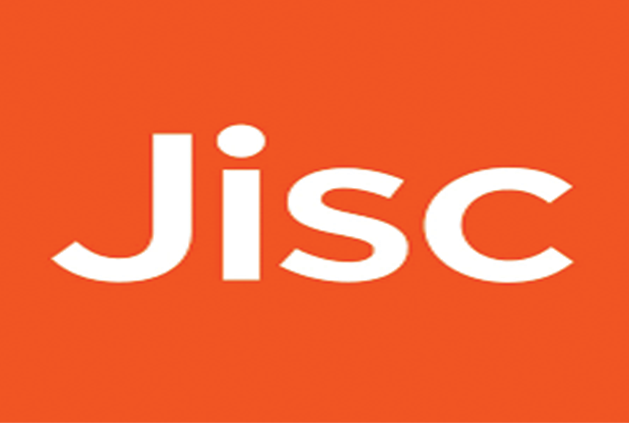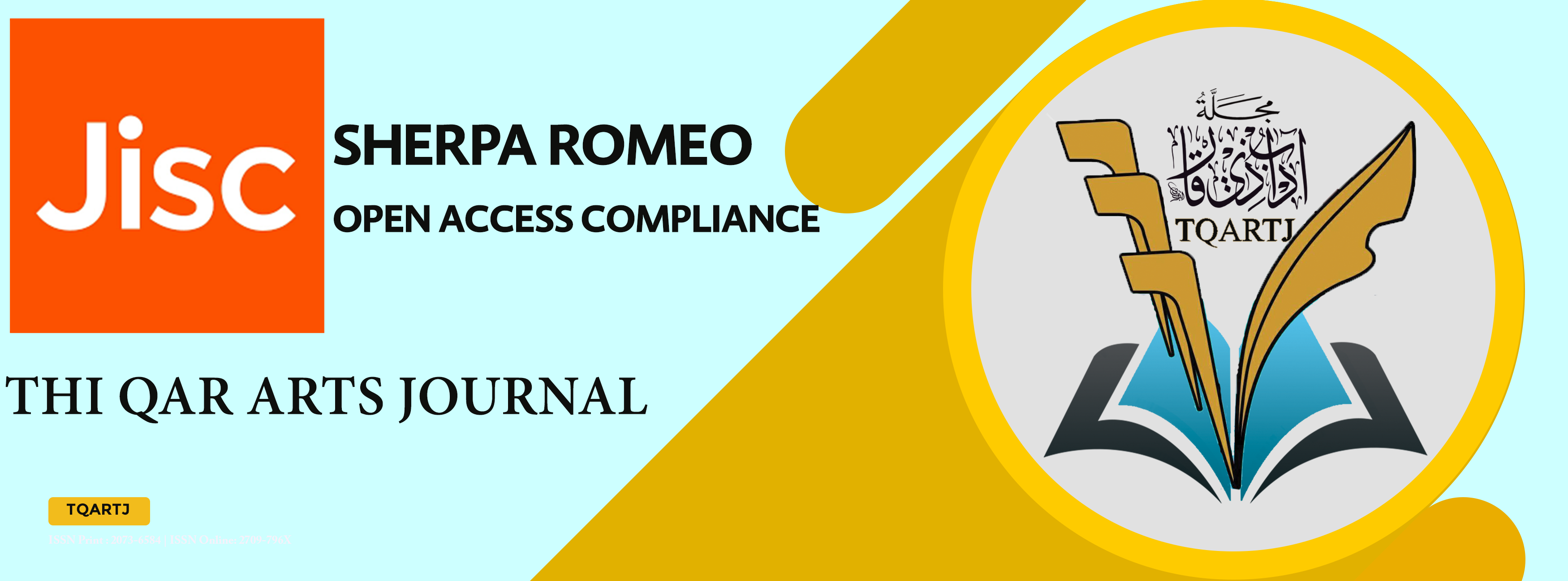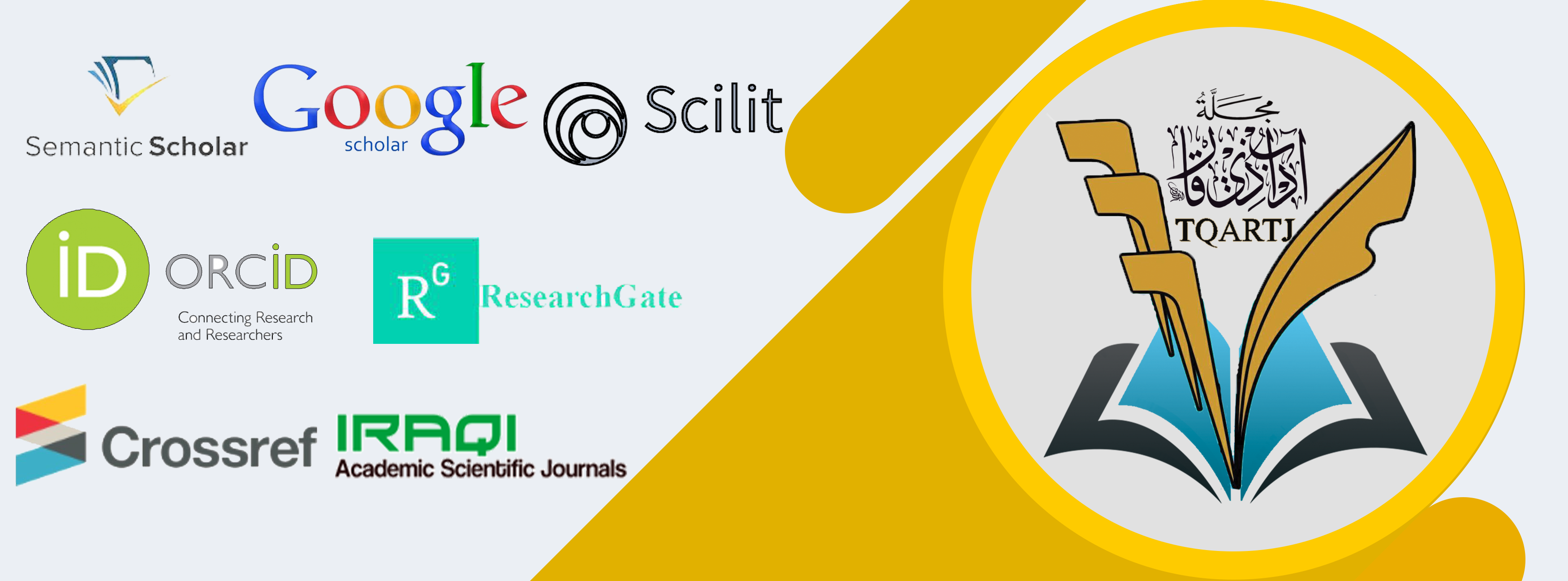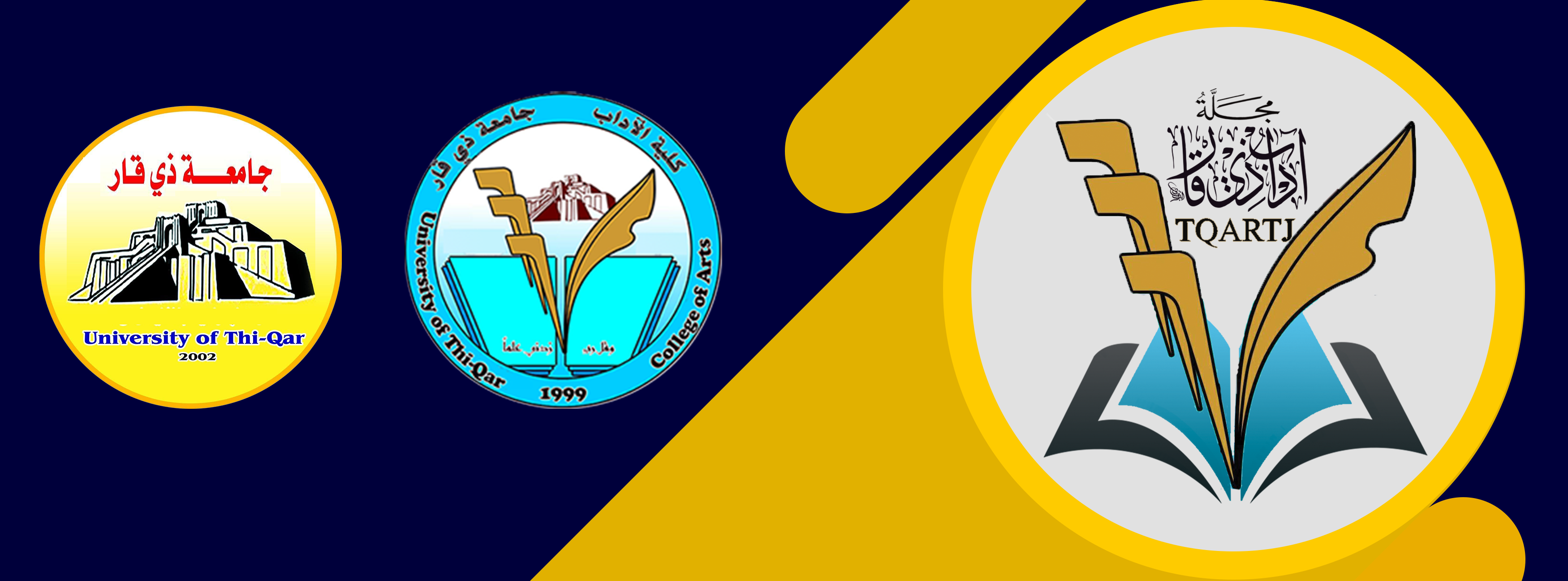Educational Methods in the Thought of the Pure Lady Fatimah al-Zahra (peace be upon her)
DOI:
https://doi.org/10.32792/tqartj.v13i48.712Keywords:
الاسااليب ، التربوية ، فكر ، فاطمة ، الزهراء Methods, educational, thought, Fatima, ZahraAbstract
Despite the great progress in the field of education, its methods, and arts, the societies of this era suffer from the tyranny of social and educational problems, which highlighted the ineffectiveness of modern educational theories and their weakness in keeping up with and confronting the pressure of the enormous negative cultural invasion, and its wide fields of satellite channels, social networking sites, and advanced programs to promote false cultural concepts, and to broadcast and spread poisonous ideas, to destroy the social and moral structures of peoples, especially Islamic ones. Therefore, these reasons and others motivated us to highlight the distinguished educational role of the Lady of the Women of the Worlds (peace be upon her), and her various methods and approaches in this field, which may contribute to confronting the currents of this negative invasion and its multiple weapons on the one hand, and on the other hand, it shows the precedence of the pure friend (peace be upon her) in finding educational and ethical rules and theories through which a set of problems that societies suffer from can be addressed, represented by family disintegration, detachment from customs, traditions, and ethics, and blind imitation of strange and alien cultures, in addition to other problems that prompted us to divide this research into two main sections. The first came under the title of Two Main Sections. The first was entitled: Al-Zahra’s Methods in Raising Children, as we discussed in the first axis of it Al-Zahra’s methods in raising children and dealing with them from the first days of pregnancy through the period of childhood and beyond, and in the second axis Al-Zahra’s methods in managing the affairs of the family and the home, while the second section was included under the title (Al-Zahra’s Methods in Educating and Guiding Women) as In its first axis, we discussed the efforts of Al-Zahra in educating Muslim women about the rulings related to women, while the second axis focused on guiding Muslim women to care about knowledge, science, and general matters. In general, we were keen to clarify the practical aspect of the pure offspring by citing practical and realistic situations in the life of Al-Zahra, peace be upon her, in addition to her sayings and directives supporting those situations in order to clarify and confirm one of the reasons for being influenced by her blessed heritage based on actions before sayings. In conclusion, we ask the Almighty God for success, a good outcome, and serving Islam and its people by drawing attention to the greatness of this noble heritage and the necessity of spreading it
Downloads
References
اسحق احمد فرحات ، التربية الأسلامية بين الأصالة والمعاصرة ، ط3 ، دار الفرقان ، (د.م ــ 1411هــ) ، اسماء اسماعيل عبد الواحد ، اعداد برامج للطفل في ضوء النظريات الحديثة ، مجلة الطفولة ، (جامعة القاهرة ــ العدد 29 ) الناشف ، أ.د هدى محمود ، الاسرة وتربية الطفل ، دار المسيرة للنشر والتوزيع ، (عمان ــ 2007م) اين شهر اشوب ، ابو جعفر محمد بن علي ، (ت:588هـ) ، مناقب ال ابي طالب ، ط1 ، مؤسسة انتشارات علامة ، (قم ــ 1379هـ) ، ابن شعبة الحراني ، ابو محمد الحسن بن علي بن الحسين ، (ت: ق 4 هـ)، تحف العقول عن ال الرسول ، ط2 ، مؤسسة النشر التابعة لجماعة المدرسين ، (قم ــ 1404 هـ)
Published
Issue
Section
License
Copyright (c) 2024 Ali ibrahem

This work is licensed under a Creative Commons Attribution 4.0 International License.
The journal applies the license of CC BY (a Creative Commons Attribution International license). This license allows authors to keep ownership of the copyright of their papers. But this license permits any user to download, print out, extract, reuse, archive, and distribute the article, so long as appropriate credit is given to the authors and the source of the work. The license ensures that the article will be available as widely as possible and that the article can be included in any scientific archive.





